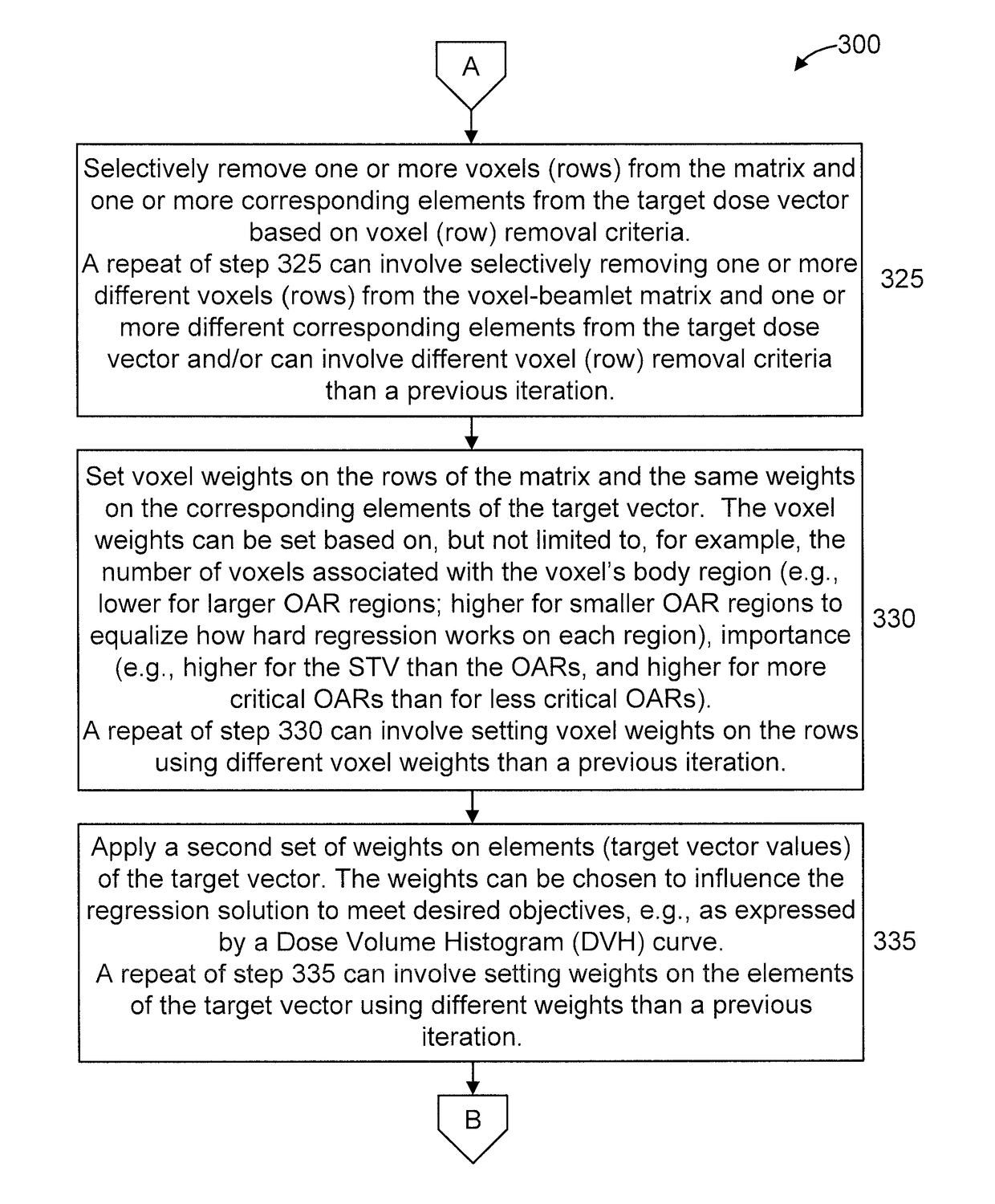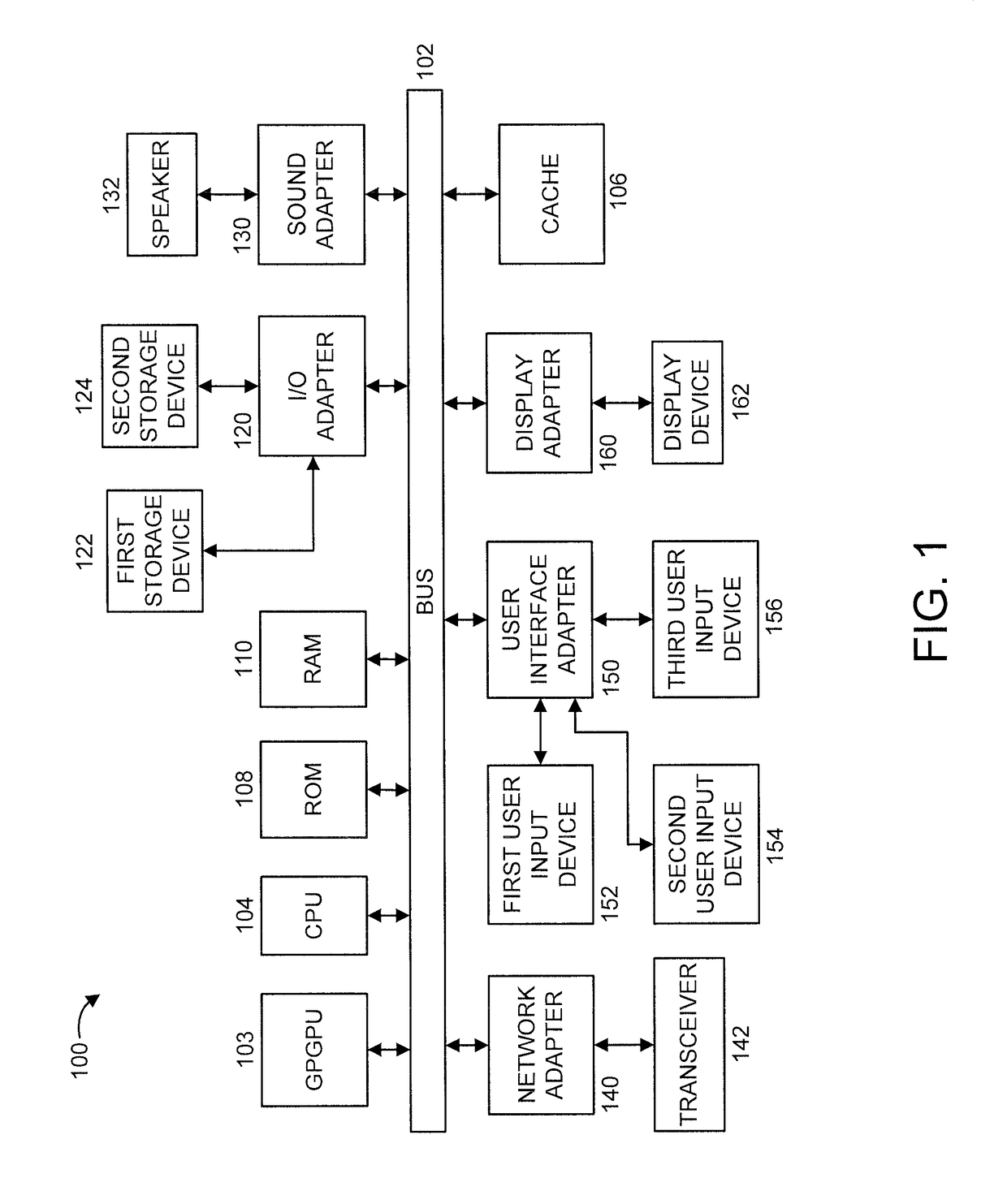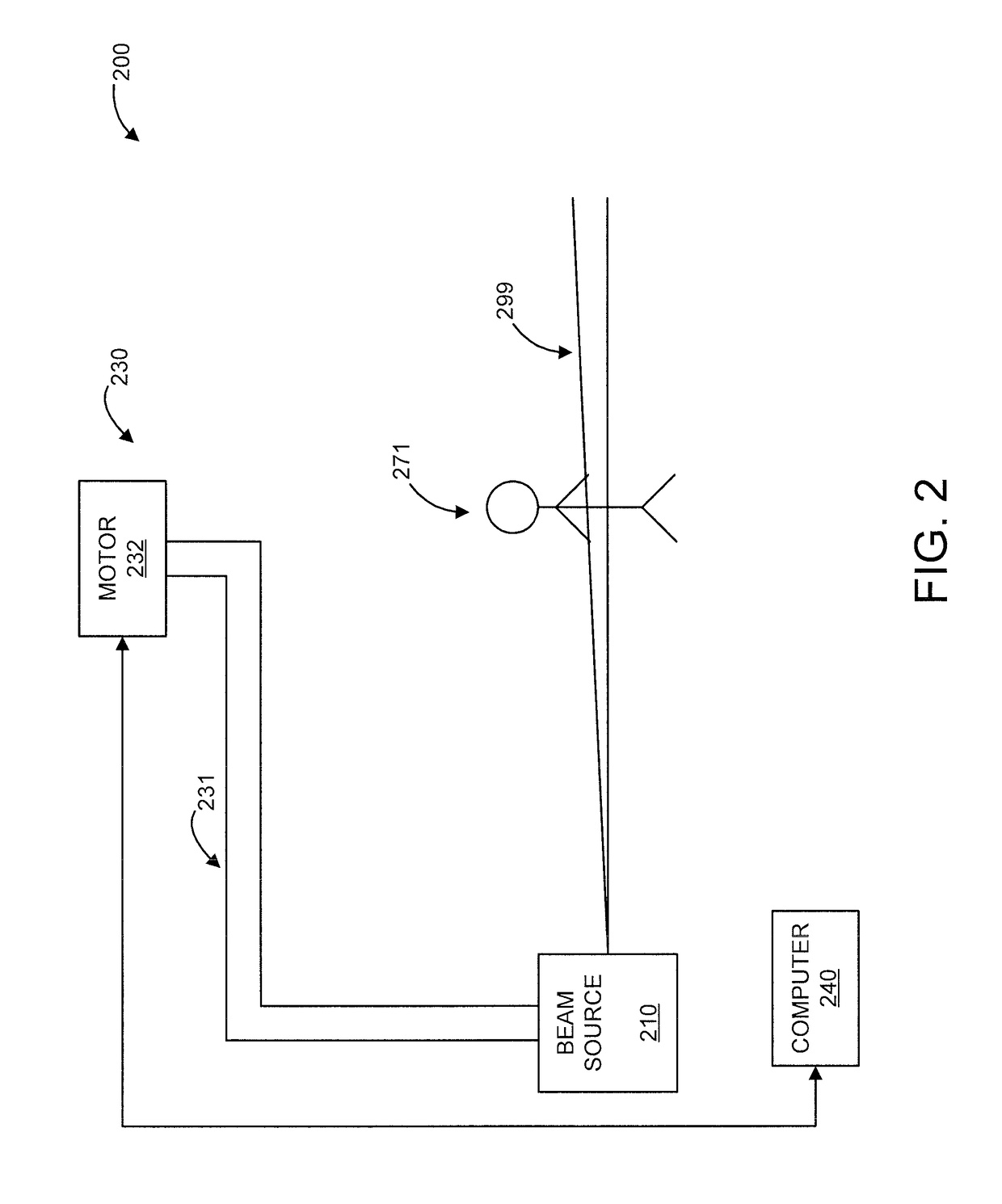Radiation therapy treatment planning using regression
a technology of radiation therapy and treatment planning, applied in the field of radiation therapy, can solve problems such as insufficient accurate or efficient solutions, and limitations in the formulation of problems
- Summary
- Abstract
- Description
- Claims
- Application Information
AI Technical Summary
Benefits of technology
Problems solved by technology
Method used
Image
Examples
Embodiment Construction
[0010]The present principles are directed to radiation therapy treatment planning using regression. While one or more embodiments of the present principles may be described with respect to proton radiation therapy, the present principles can be applied to any particle beam cancer therapy.
[0011]In an embodiment, the present principles pose radiation treatment planning as a regression problem. In an embodiment, a novel regression formulation in accordance with the present principles (hereinafter “regression formulation”) is used as an alternative to typical Linear Programming (LP), Quadratic Programming (QP) or other optimization formulations. Advantageously, the described regression formulation can provide improvements in terms of speed, problem formulation and accuracy.
[0012]Typically, the outputs of a particle simulation are captured in a voxel-beamlet matrix referred to herein as “vbmat” in short. The vbmat has a row for each voxel in a three-dimensional (3-D) patient volume and a...
PUM
 Login to View More
Login to View More Abstract
Description
Claims
Application Information
 Login to View More
Login to View More - R&D
- Intellectual Property
- Life Sciences
- Materials
- Tech Scout
- Unparalleled Data Quality
- Higher Quality Content
- 60% Fewer Hallucinations
Browse by: Latest US Patents, China's latest patents, Technical Efficacy Thesaurus, Application Domain, Technology Topic, Popular Technical Reports.
© 2025 PatSnap. All rights reserved.Legal|Privacy policy|Modern Slavery Act Transparency Statement|Sitemap|About US| Contact US: help@patsnap.com



